Évora, Sintra in Portugal. A long time ago, I traveled to Évora and Sintra, Portugal for my husband's seminar. Today, I picked some of my favorite photos from that time. In Sintra, I realized how enjoyable it is to take pictures. Even if you take a picture of a pretty town from any angle, it makes you feel as if it is a painting. If you travel to Portugal, you will often see murals made with blue-painted tiles on buildings or cathedrals. These murals are called azulejos. Azulejos belong to the art world of Spanish and later Portuguese traditional tiles. Their production begins in the 14th century with the arrival of the Moorish invaders. The word azulejo comes from the Arabic (al zulaycha), meaning a small polished stone. Originally they had neutral tones and simple geometric shapes. Blue and white were initially the focus of color. Blue dominates in azulejos, but the name does not mean azul or blue in Portuguese. Alicatados described tile mosaics as the earliest type of azulejos in the 13th century. These glazed tiles were very simple and can be seen today at the Alhambra in Granada. Alicatado is an expensive process that requires a lot of manual work for cutting tiles. Trams that run through the hilly alleys of Lisbon, along with cathedrals and monuments, are a great cultural heritage of Portugal. The University of Évora is a public university in Évora, Portugal. It is the second oldest university in the country, established in 1559 by the cardinal Henry, and receiving University status in April of the same year from Pope Paul IV, as documented in his Cum a nobis papal bull. The Roman Temple of Évora, also referred to as the Templo de Diana is an ancient temple in the Portuguese city of Évora. The temple is part of the historical centre of the city, which was included in the classification by UNESCO as a World Heritage Site.
0 Comments
Leave a Reply. |
Myungja Anna KohArtist Categories
All
Archives
July 2024
|
Proudly powered by Weebly

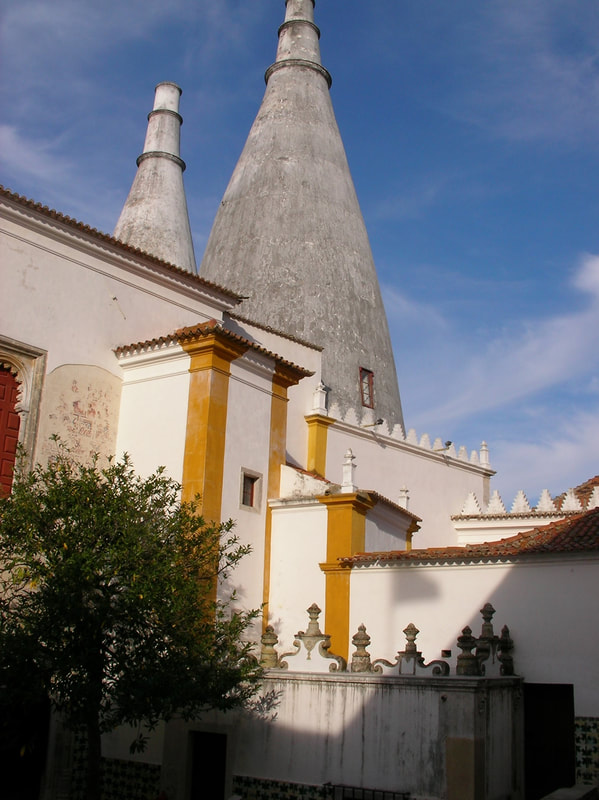
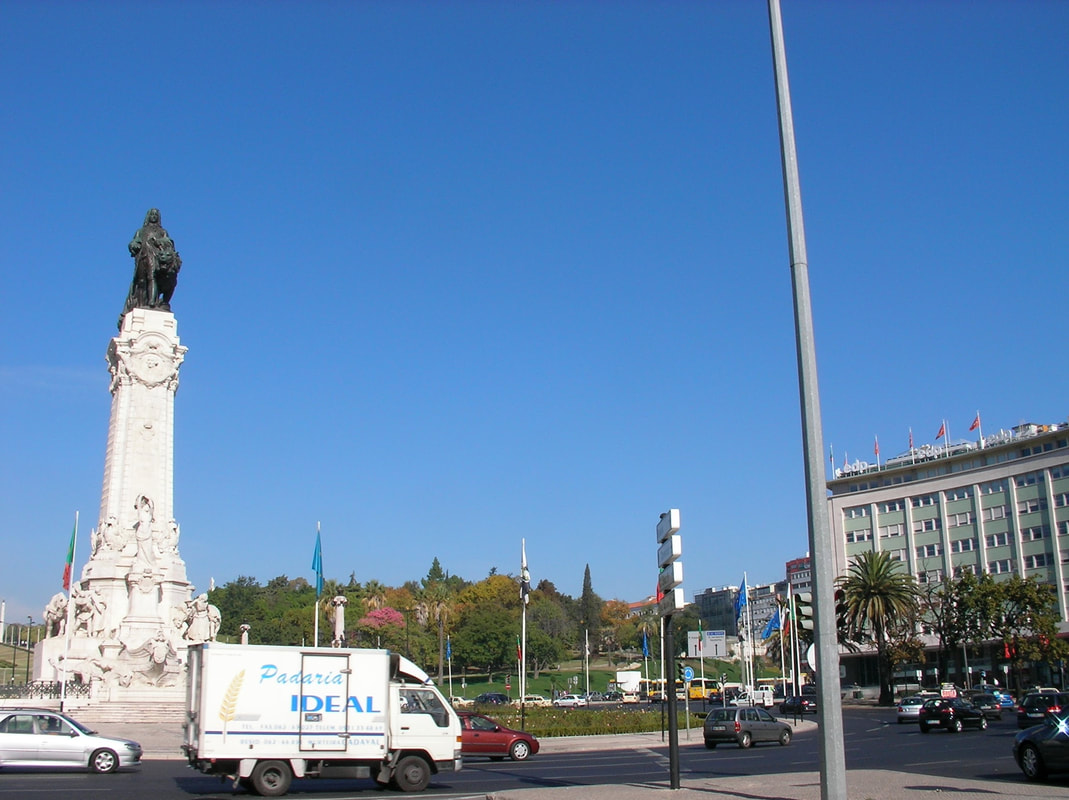
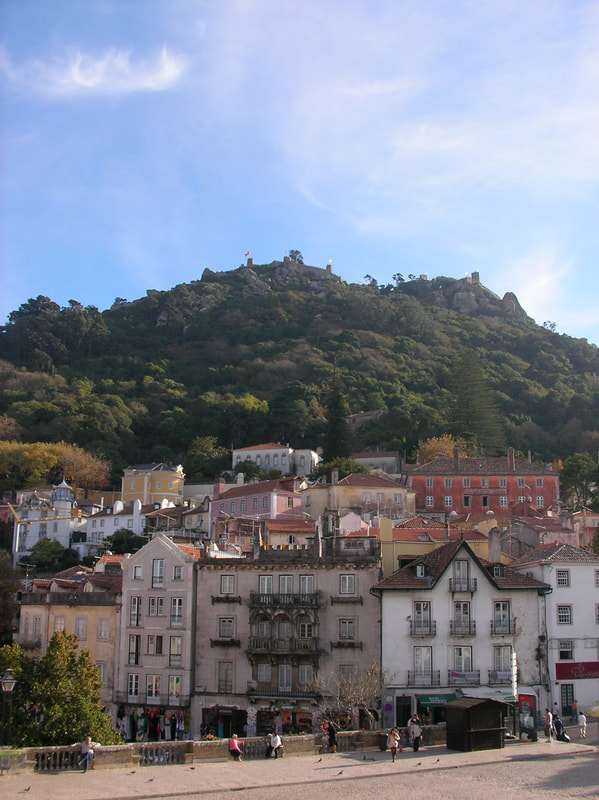
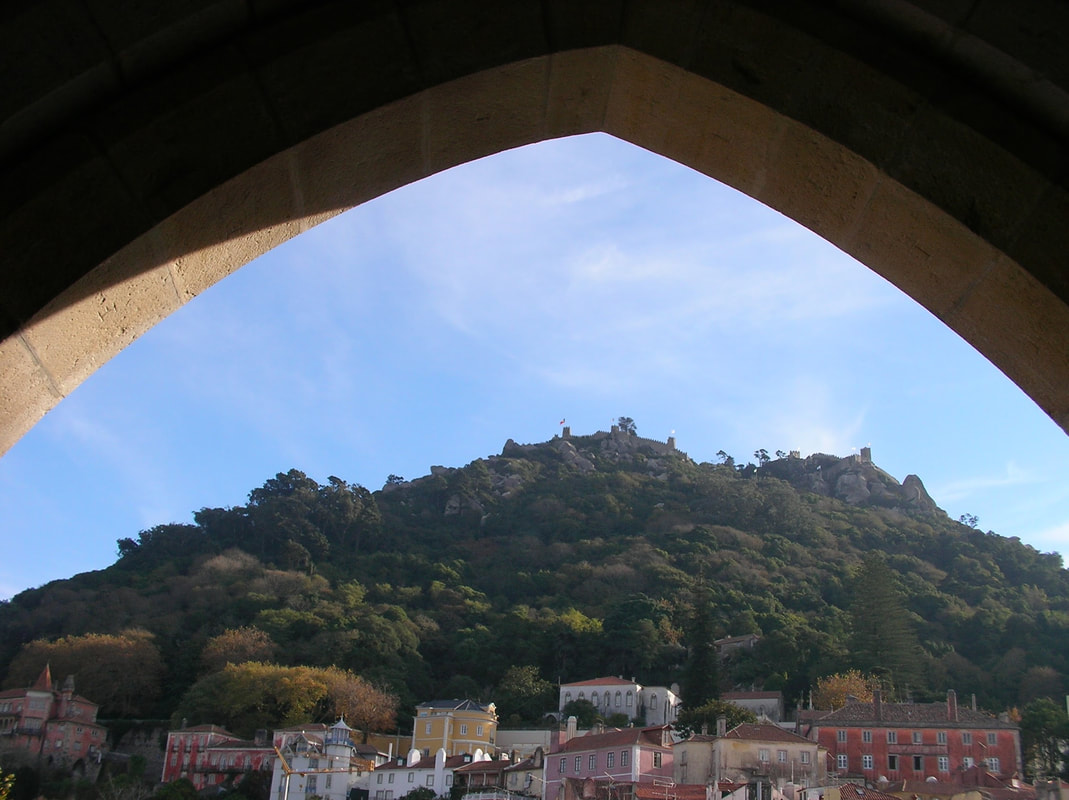
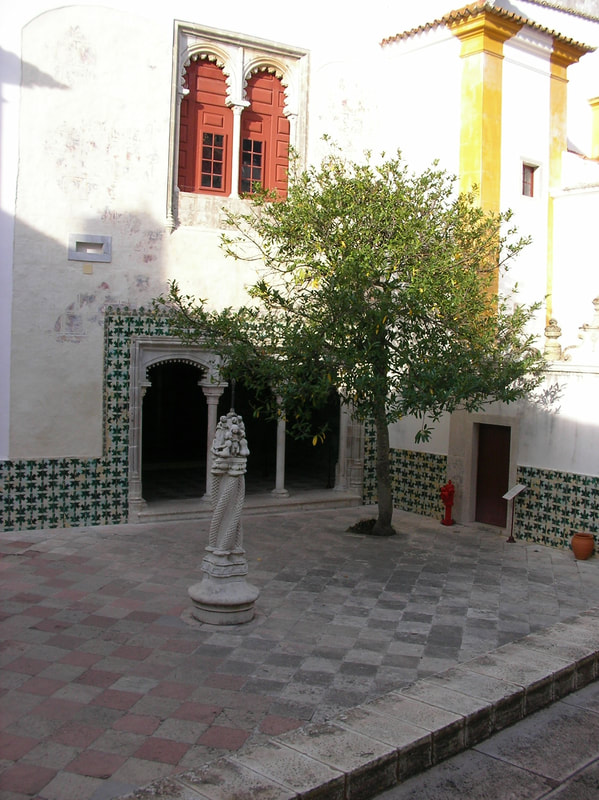
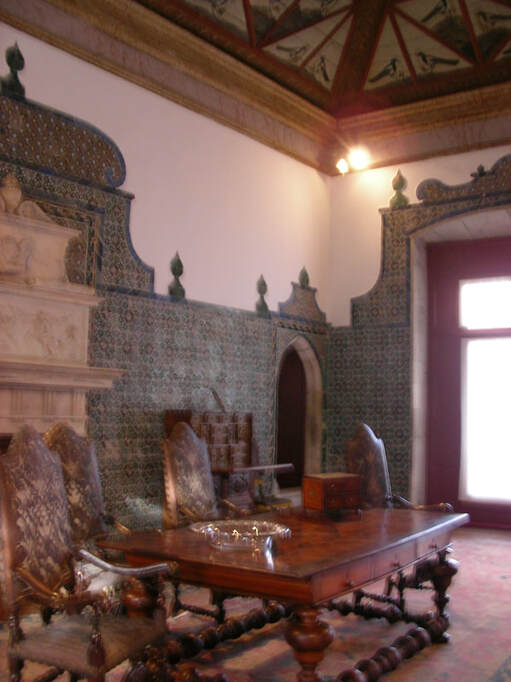
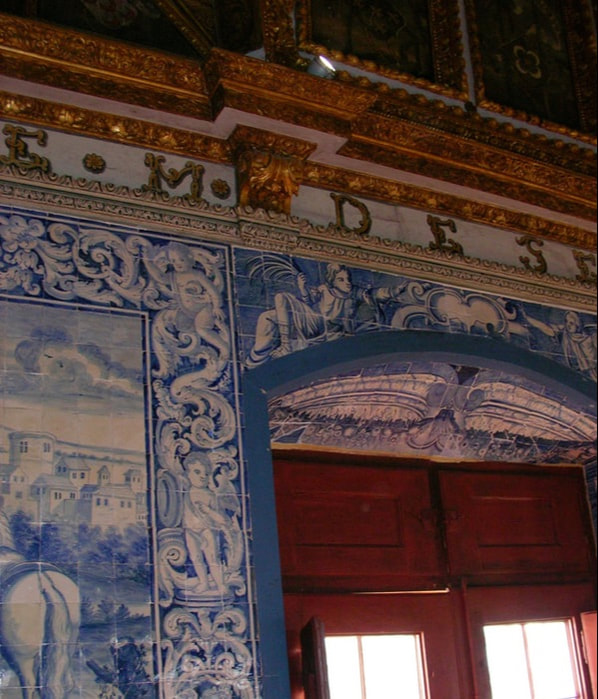
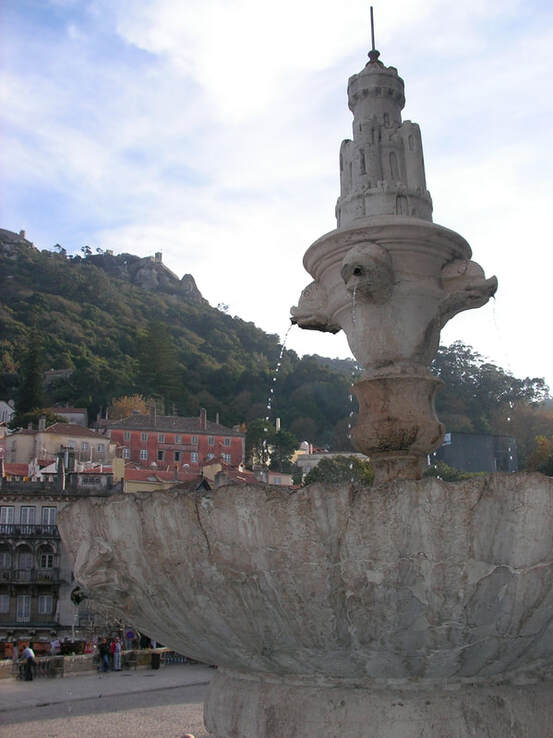
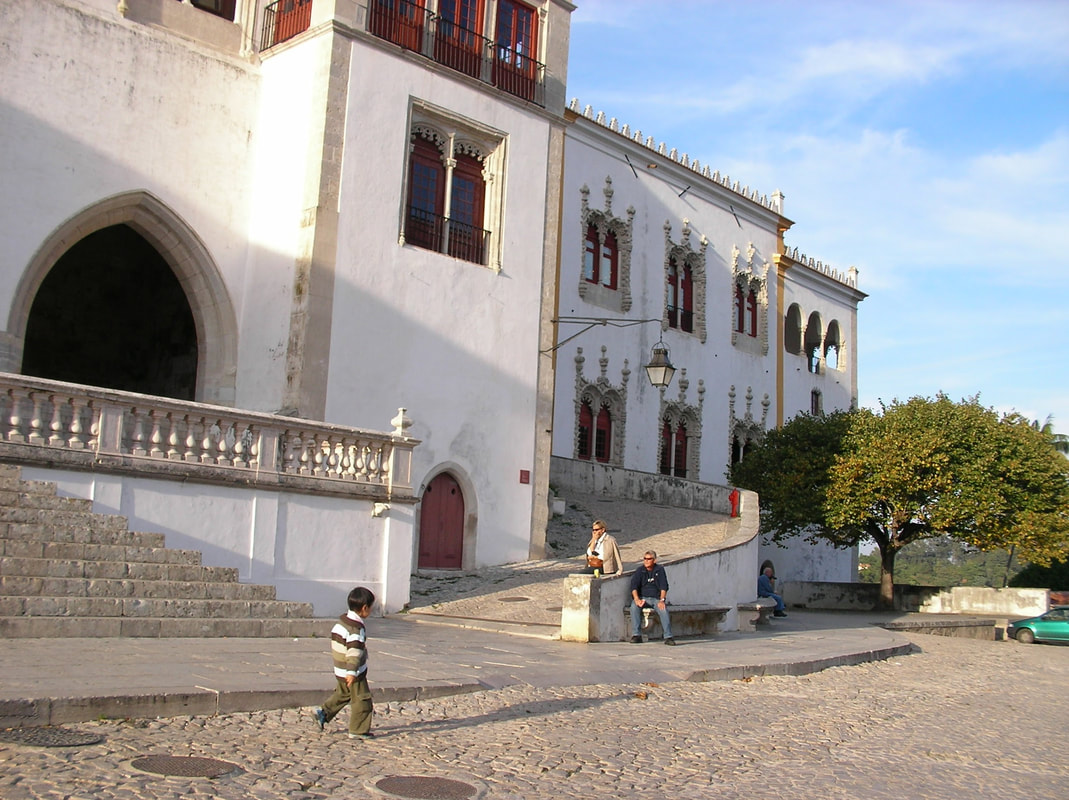
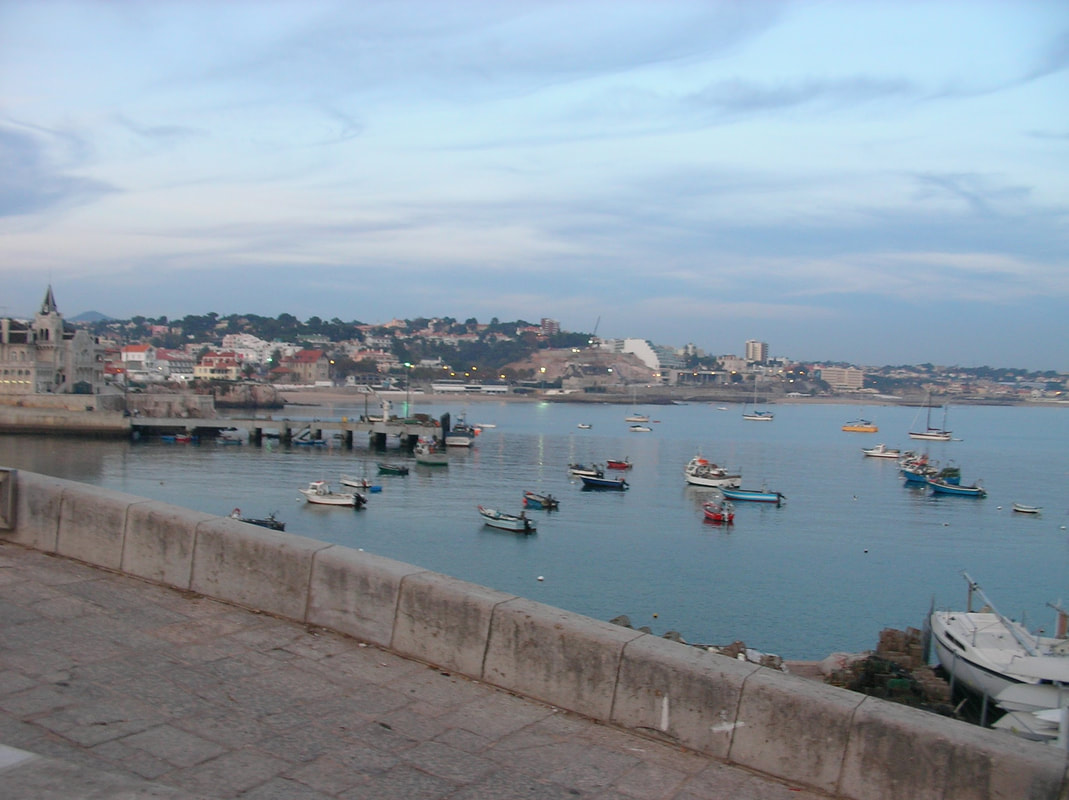
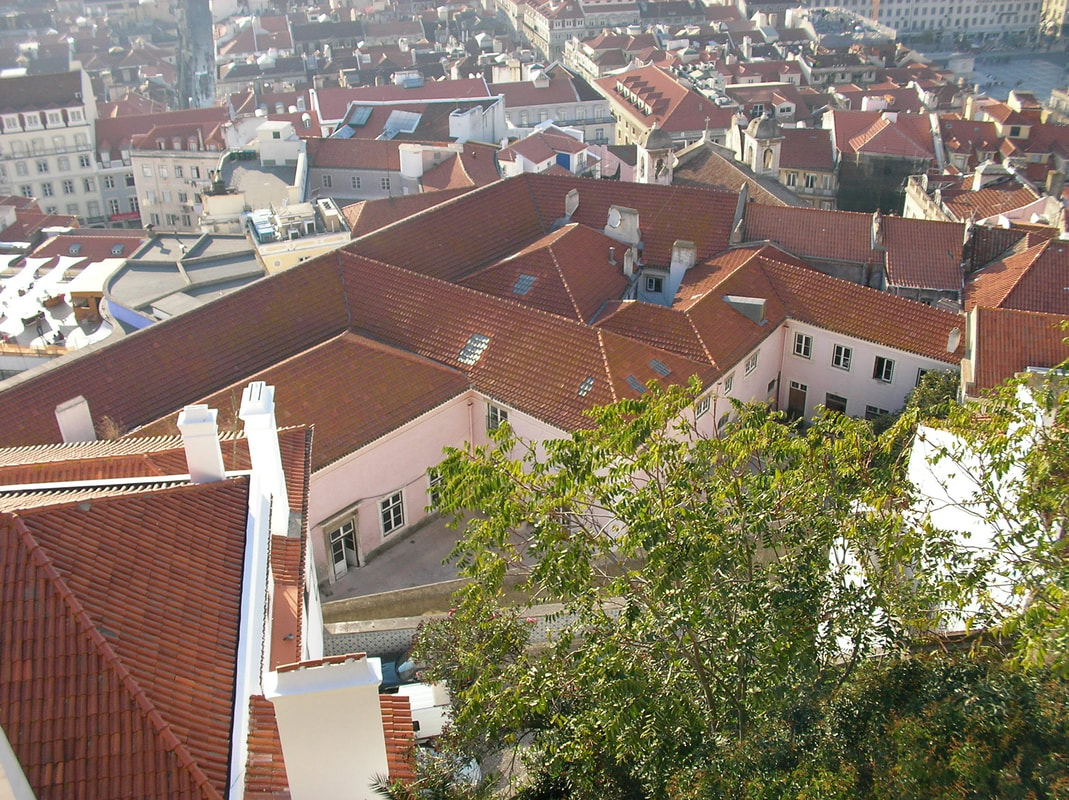
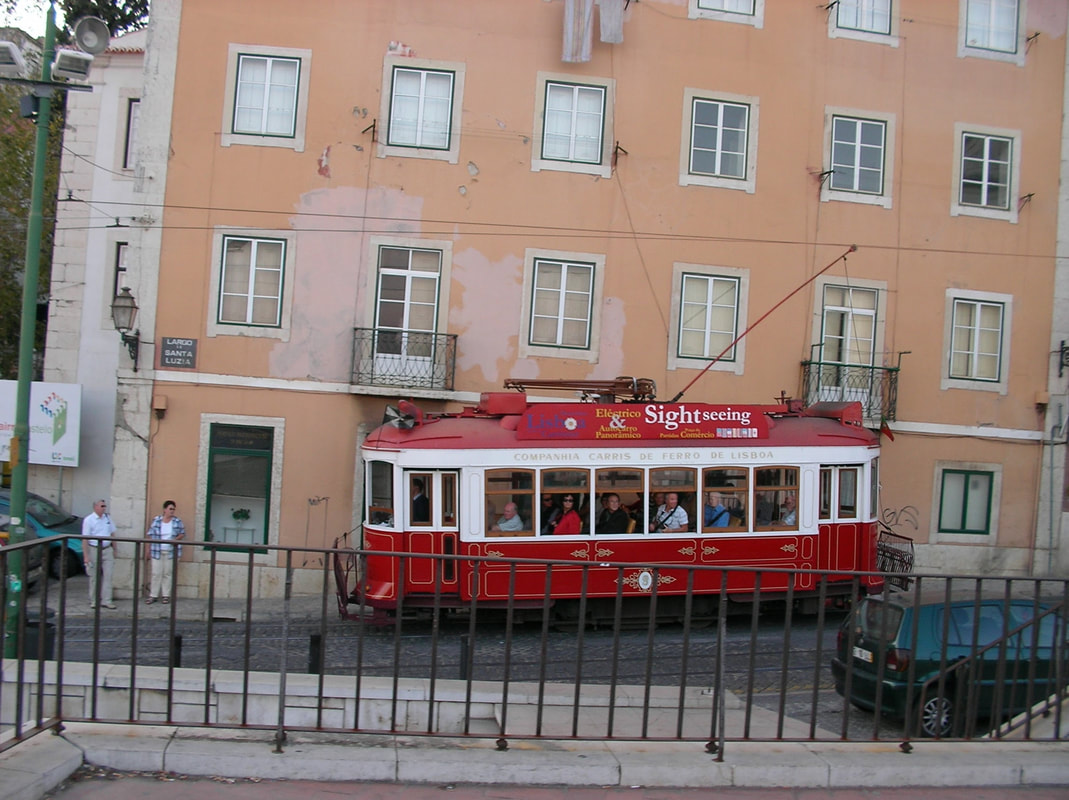
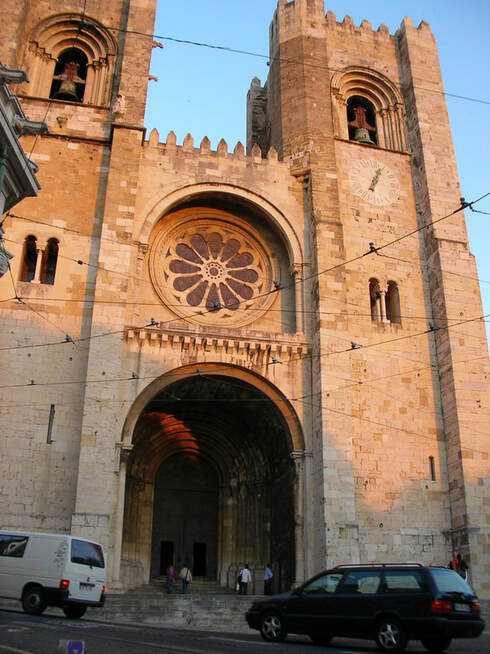
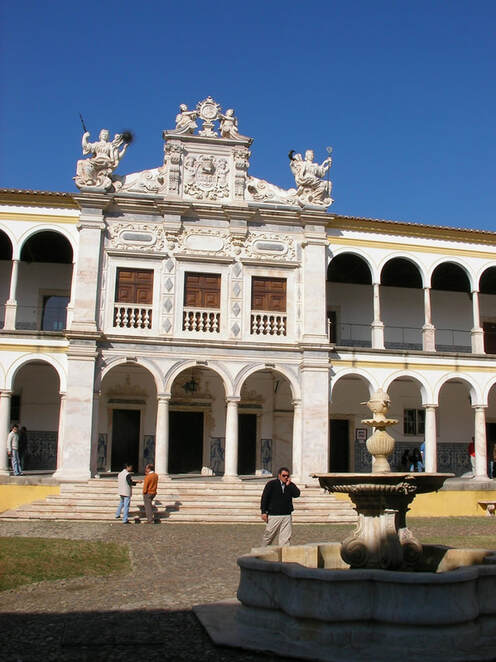
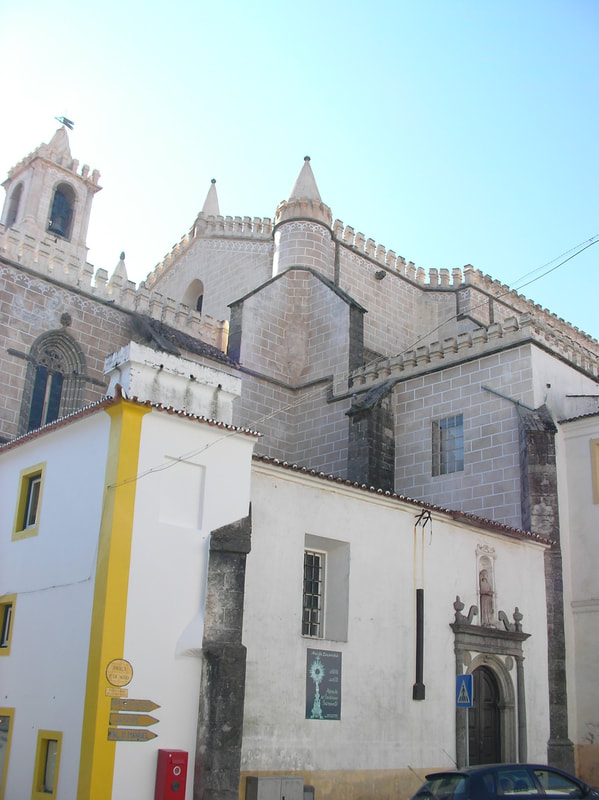
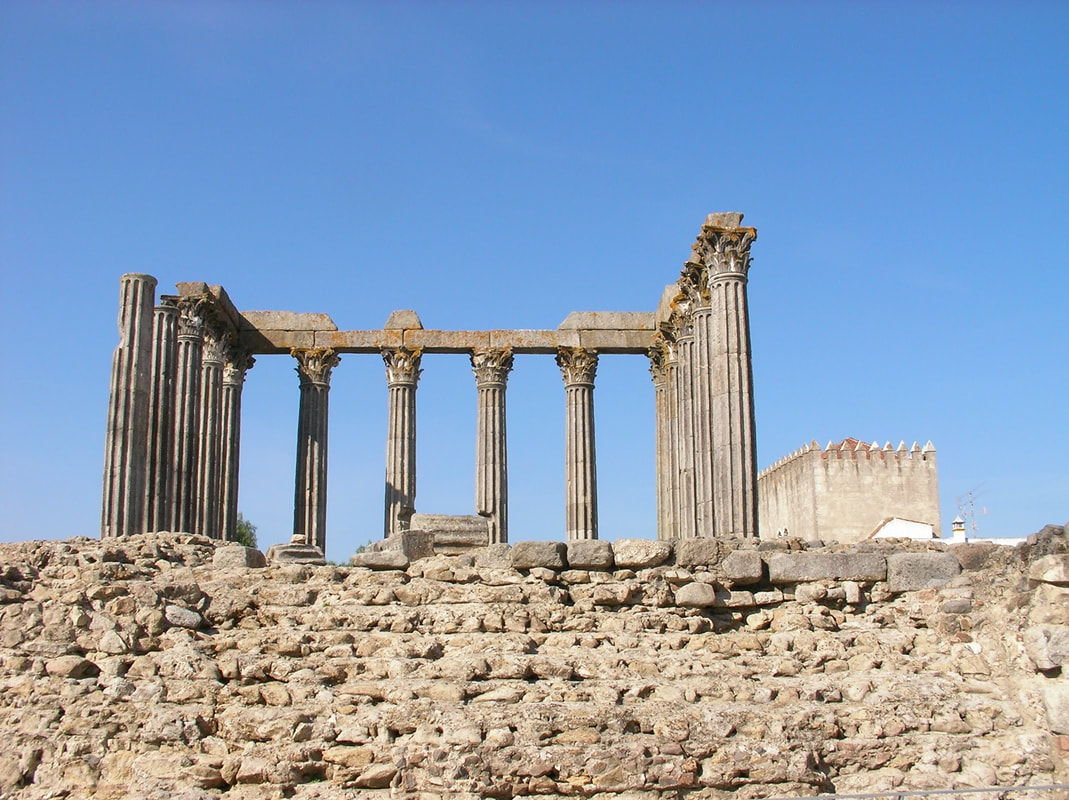
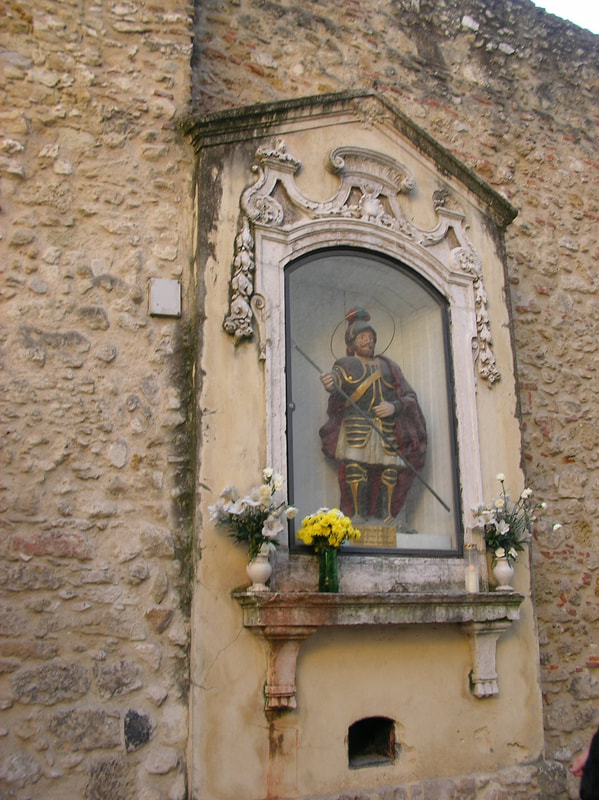
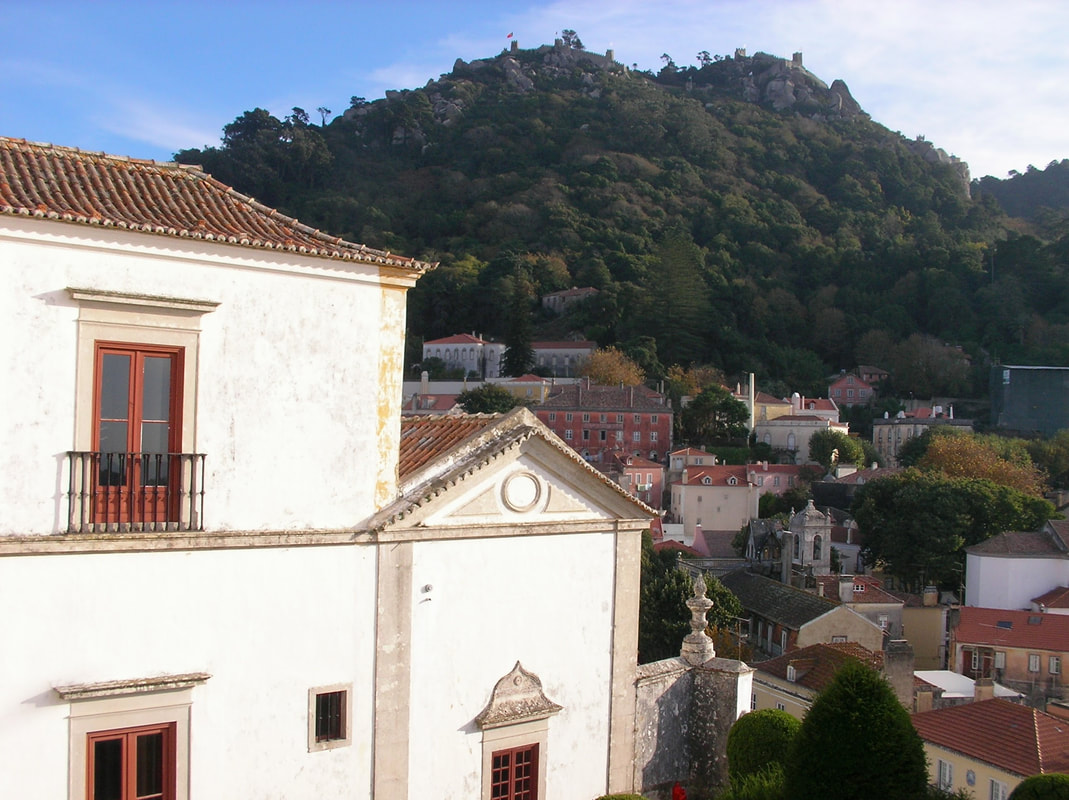
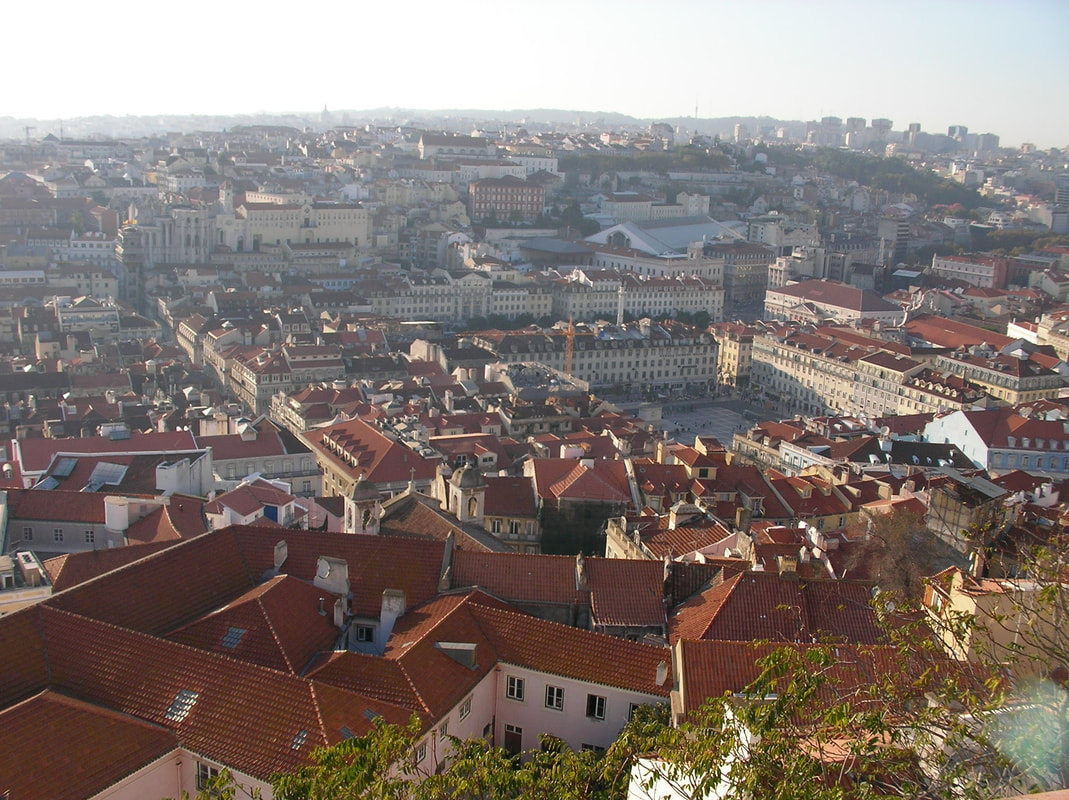
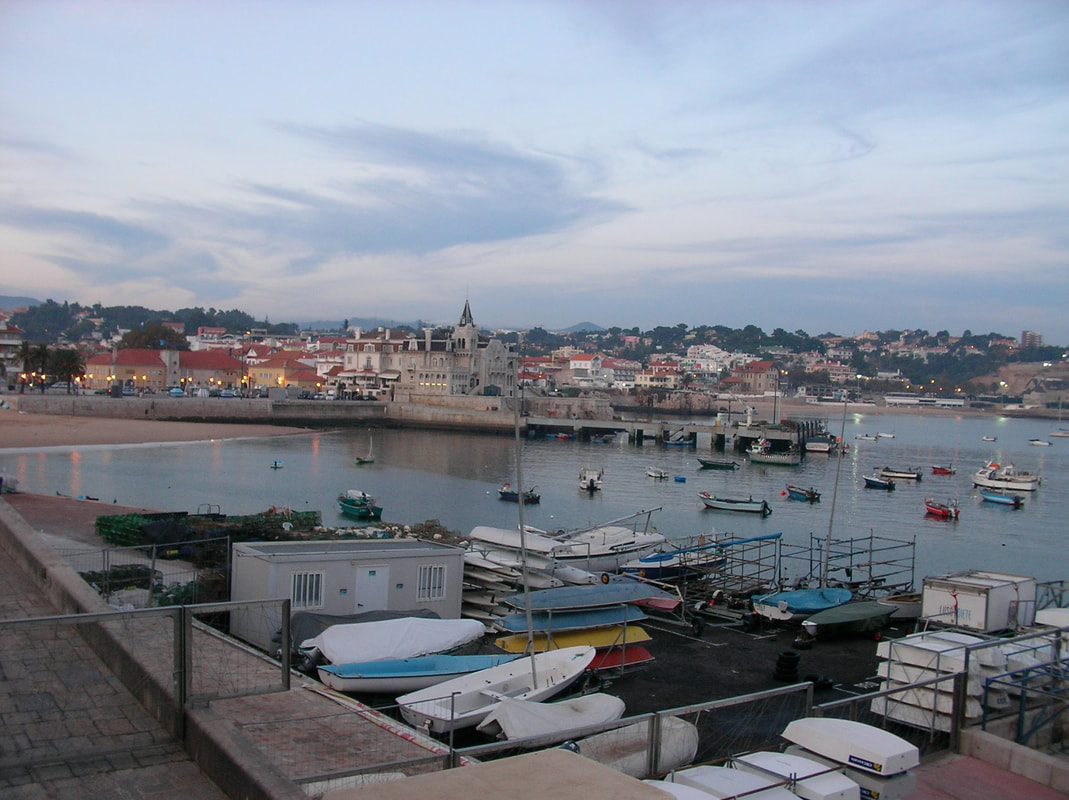
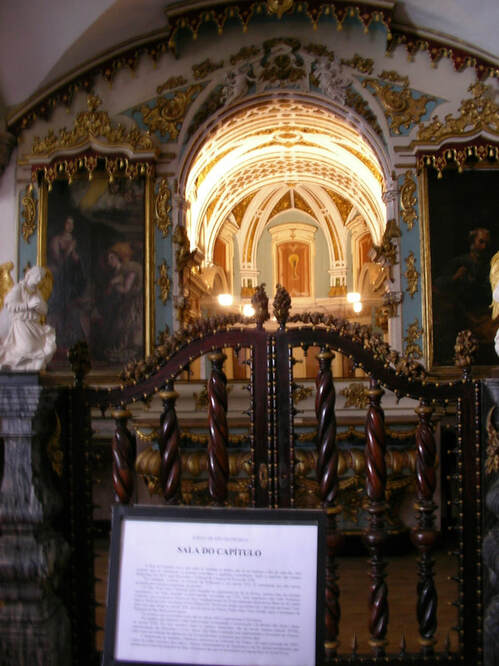
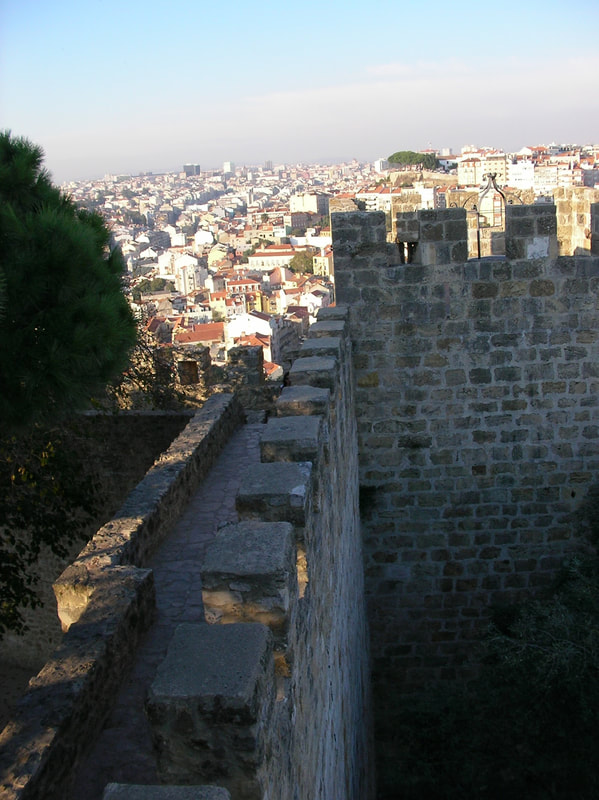
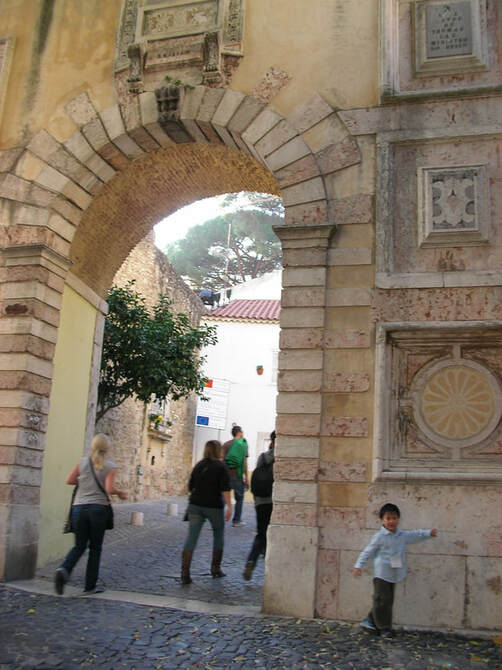
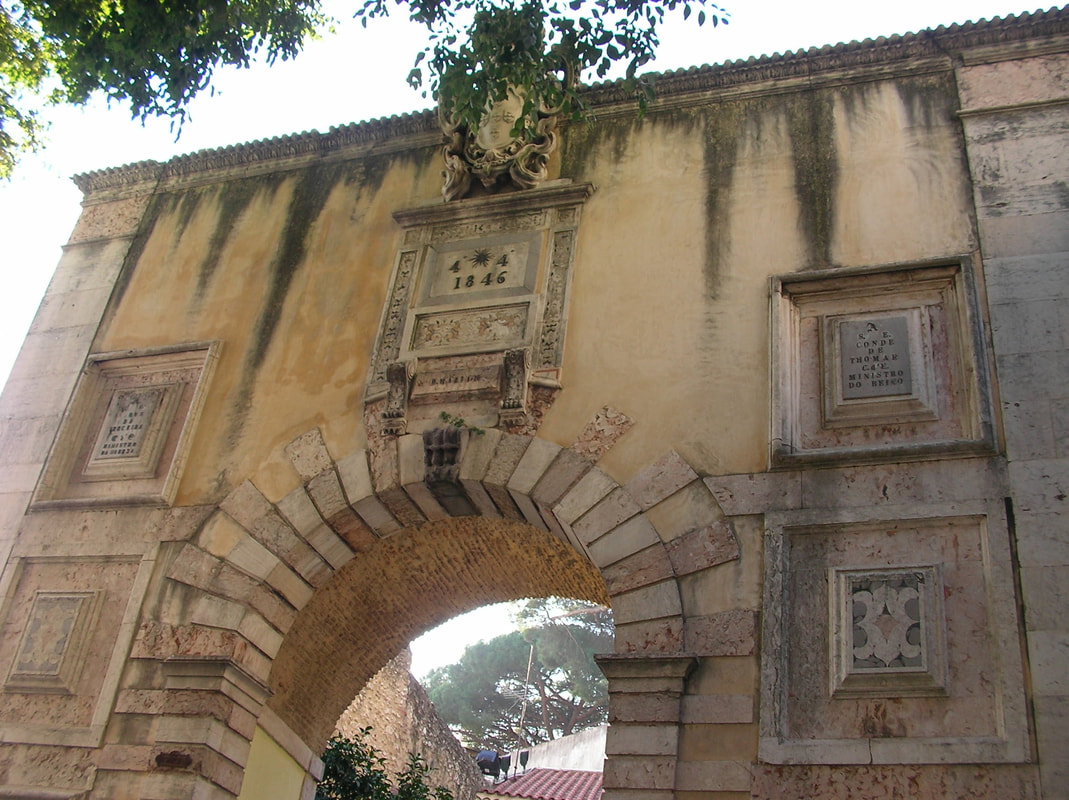
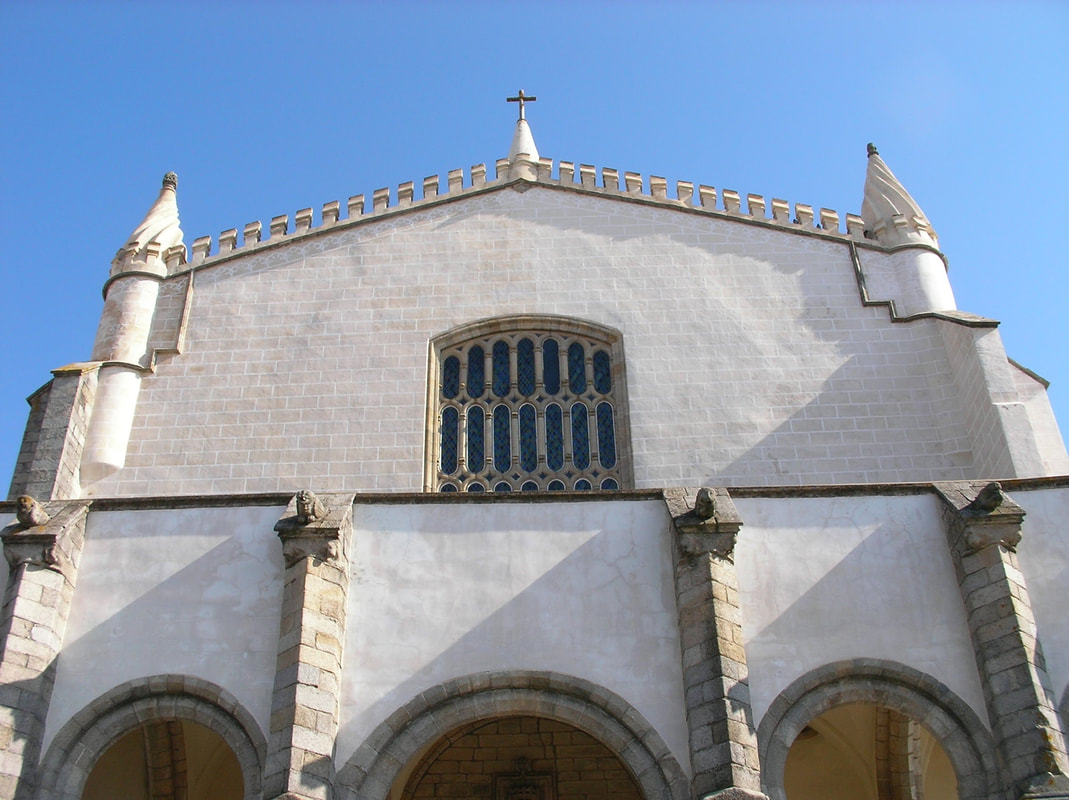
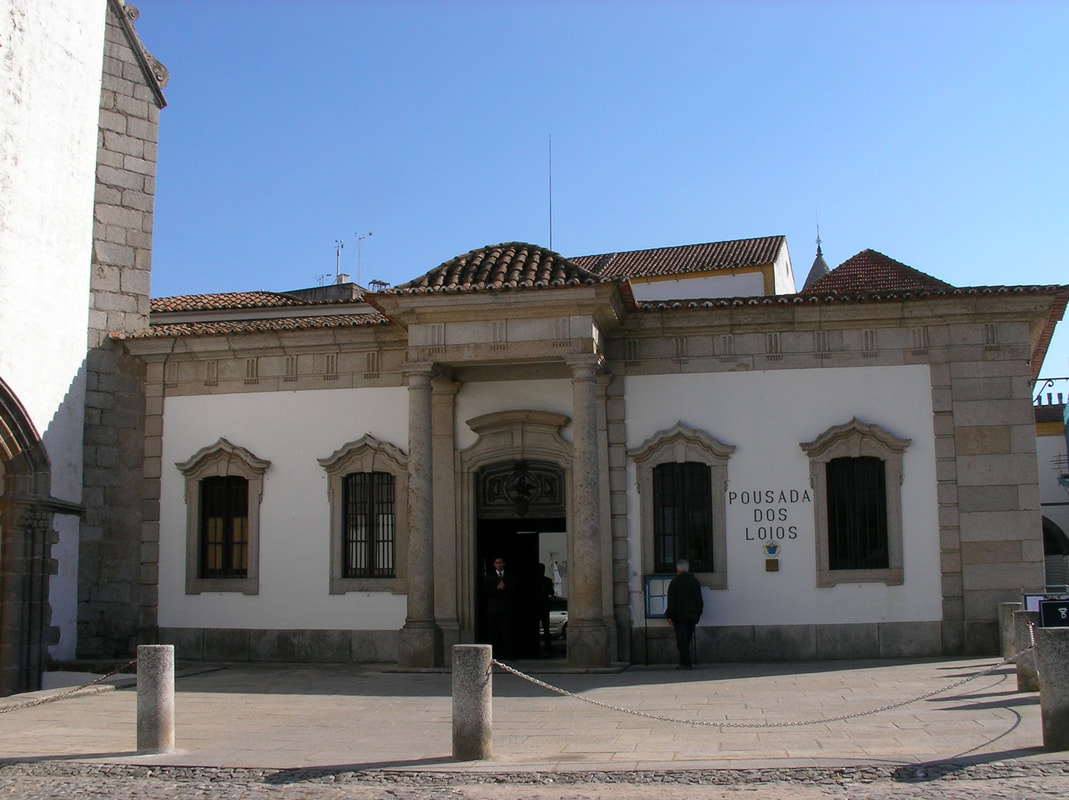
 RSS Feed
RSS Feed